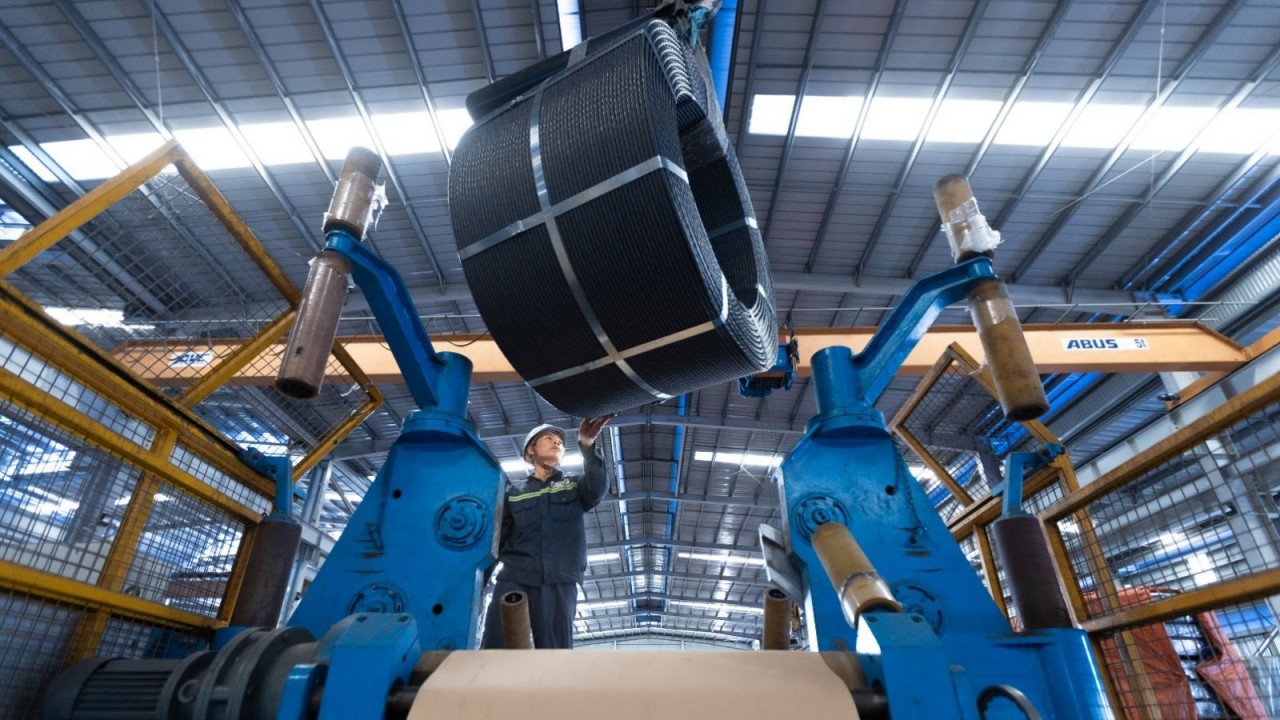 |
| DOC has initiated an investigation into anti-evasion of trade defense duties on aluminum wire rope products from Vietnam, Cambodia and South Korea. (Source: Industry and Trade Magazine) |
The products under investigation are aluminum cables with HS codes 8544.49.9000, 8544.42.9090.
According to the Department of Trade Remedies, DOC accused finished aluminum wire rope in Vietnam exported to the United States using input materials of Chinese origin such as braided wire rope or unfinished aluminum wire rope, without significant transformation, falling within the scope or evading the original tax order imposed on China.
Previously, on December 23, 2019, the United States issued an order to impose anti-dumping and anti-subsidy taxes on the same type of products originating from China with anti-dumping tax rates ranging from 58.51-63.47% and anti-subsidy tax rates ranging from 33.44-165.63%.
In the description of the goods subject to anti-dumping and anti-subsidy duties against China, aluminum cables are assembled from one or more electric conductors of aluminum alloy 8000, 1350, 6201 with the following conditions: at least one of the conductors is insulated; each conductor has a voltage rating greater than 80V and not exceeding 1000V and at least one conductor is stranded and has a size of not less than 16.5 kcmil and not greater than 1000 kcmil.
The assembly process may include a ground or neutral conductor, covered with aluminum, steel or other base metal; or include a central steel support wire, one or more connectors, shields, covers or other covering and padding materials, which are subject to antidumping and countervailing duties.
The Department of Trade Remedies informs that, according to US regulations, when determining whether a product is covered by a duty order, DOC will generally consider the following primary sources of interpretation: the description of the goods in the original investigation; relevant DOC decisions; and decisions of the US International Trade Commission (ITC) related to the original duty order.
DOC may also consider secondary interpretive materials, such as other DOC or ITC decisions, U.S. Customs and Border Protection (CBP) rulings or determinations, industry usage, dictionaries, and any other relevant documentary evidence. However, in the event that interpretations differ, the primary interpretive source will prevail.
Under current US regulations, DOC will make a final determination within 120 days (with a possible extension of 180 days). During the investigation, DOC may request relevant parties to provide information for review, submit questionnaires, and conduct on-site inspections of businesses if necessary.
In addition, the Department of Trade Defense said that to consider the form of trade defense tax evasion without significant changes to goods; DOC will consider 5 factors: the level of investment in Vietnam; the level of research and development in Vietnam; the nature of the production process in Vietnam; the scale of production facilities in Vietnam; and the proportion of value added in Vietnam in the value of goods imported into the United States.
In addition, DOC will also consider additional factors such as trade models, raw material supply sources; whether Chinese manufacturers and exporters are linked with Vietnamese manufacturers and exporters to use goods to assemble finished goods for export to the United States; and whether product imports into Vietnam have increased after the United States initiated an investigation and imposed tariffs on China.
According to the Trade Remedies Authority, the DOC will make its final determination within 300 days (with a possible extension of 65 days). During the investigation, the DOC may request relevant parties to provide information for consideration, select mandatory or non-mandatory defendants, send questionnaires and conduct on-site inspections of businesses if necessary, and organize public consultation sessions.
To best protect the rights and interests of Vietnamese exporting enterprises, the Trade Defense Department recommends that the association and related exporting enterprises review the export activities of investigated products to the United States.
At the same time, research and learn about regulations and procedures for investigating and reviewing product scope and preventing tax evasion in the United States; properly and fully comply with the requirements of the US investigation agency; proactively register an account at the DOC - ACCESS Trade Defense Electronic Information Portal to update information and submit documents and materials related to the US investigation agency.
In particular, businesses need to closely coordinate with the Department of Trade Defense throughout the course of the case, and at the same time, monitor the Department's early warning information.
In addition, focus on investing in machinery, equipment, technology, research and development, improving the production capacity of complex, high-quality aluminum products with high added value; aiming to proactively source input materials for production, limiting over-reliance on one source of raw materials, to avoid being affected by future anti-tax evasion investigations.
Source


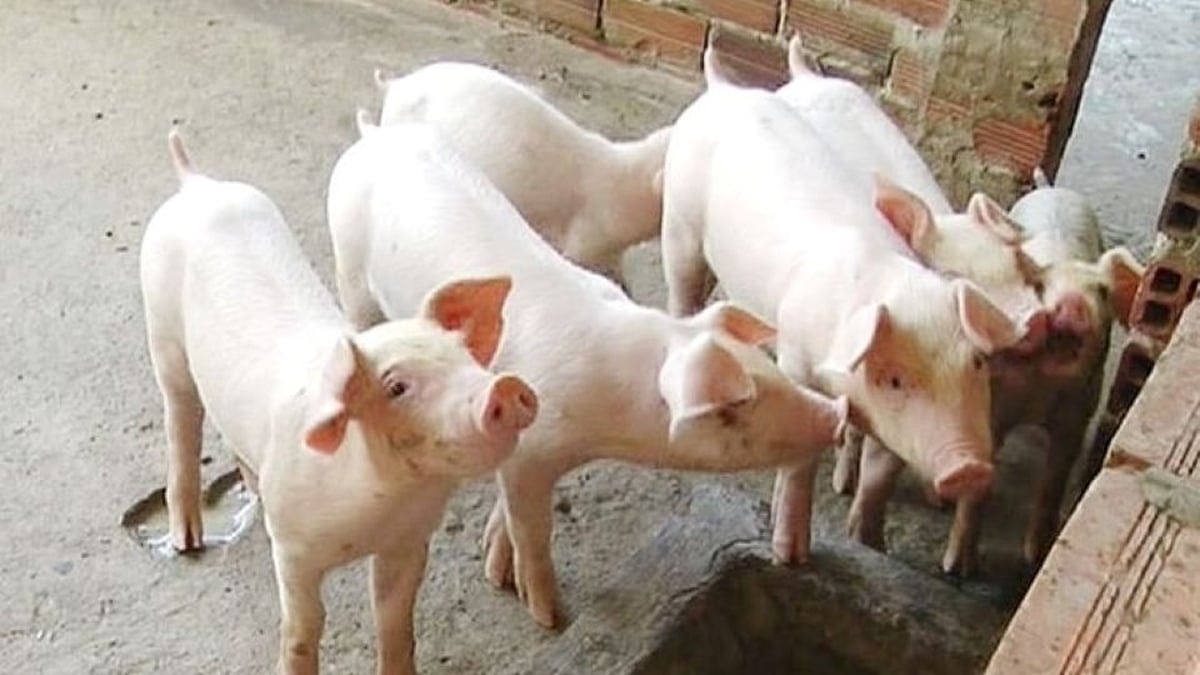





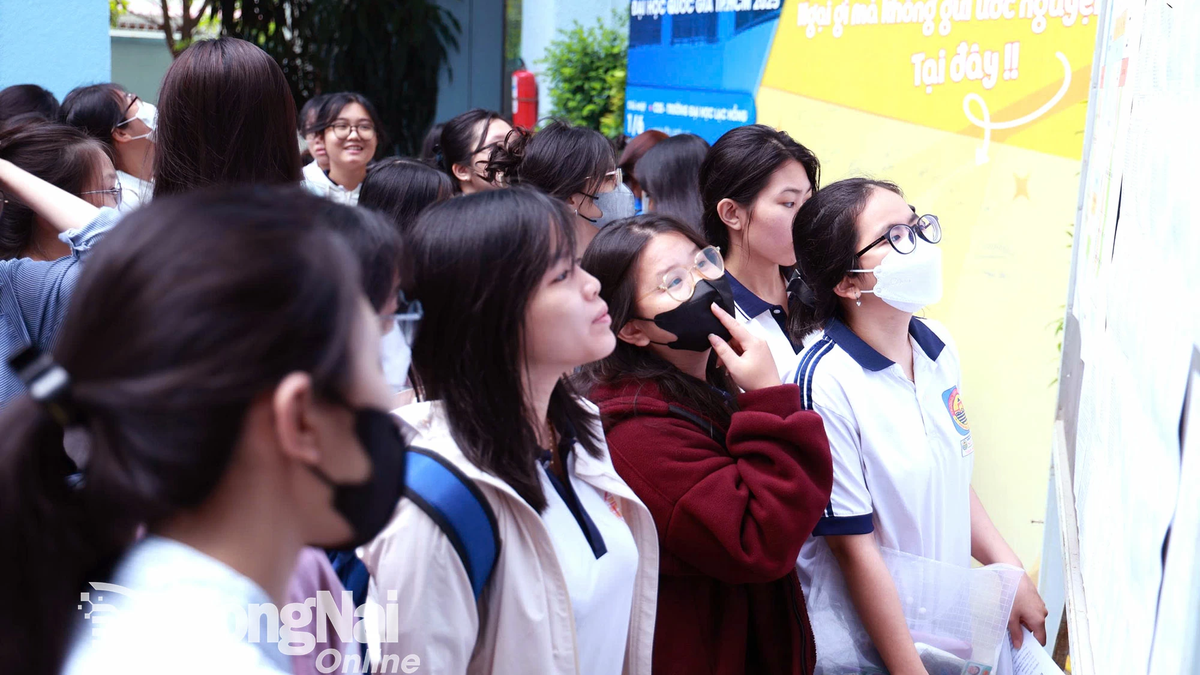















![[Photo] National Assembly Chairman Tran Thanh Man visits Vietnamese Heroic Mother Ta Thi Tran](https://vphoto.vietnam.vn/thumb/1200x675/vietnam/resource/IMAGE/2025/7/20/765c0bd057dd44ad83ab89fe0255b783)







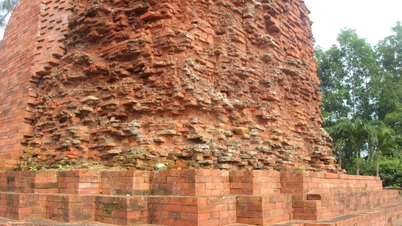











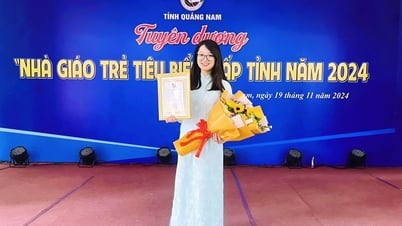

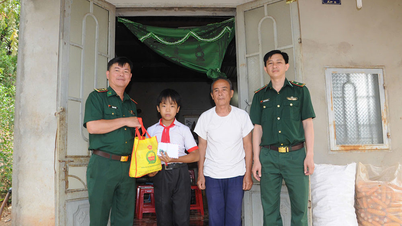



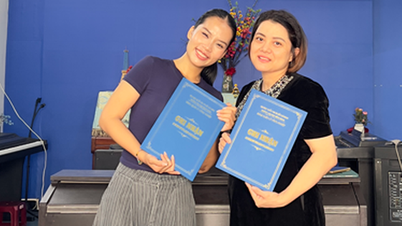




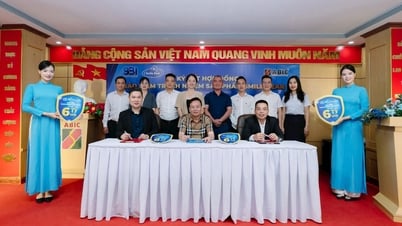









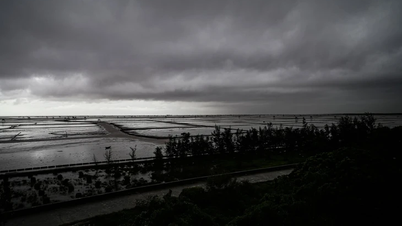

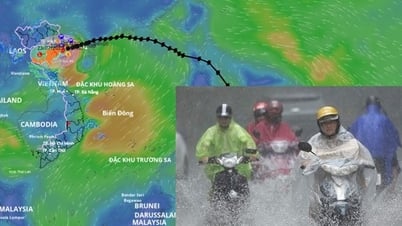

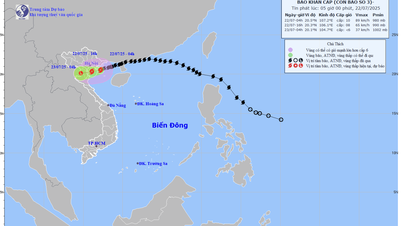








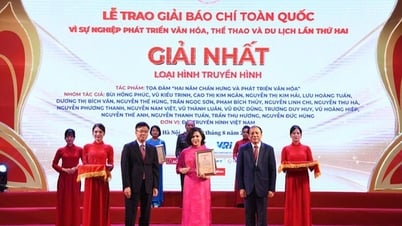
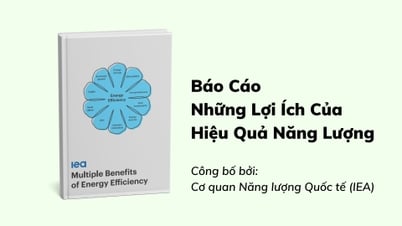

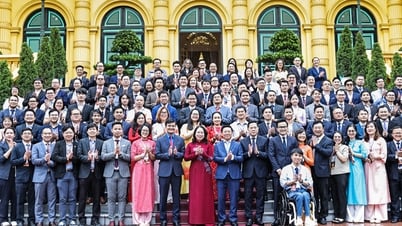






















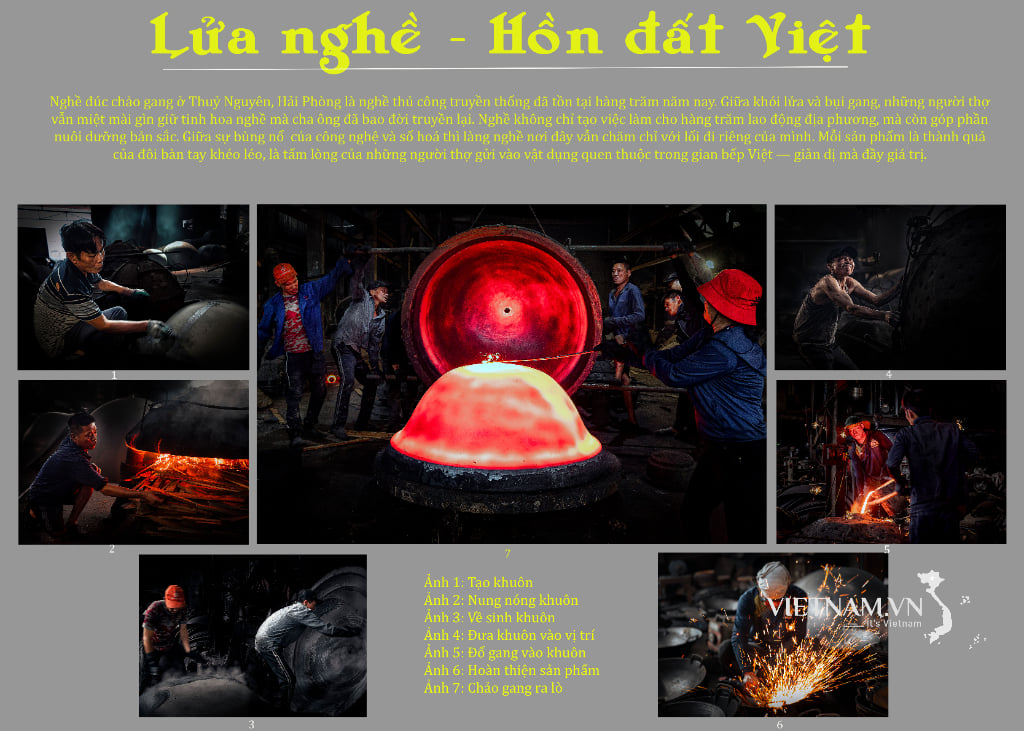
Comment (0)